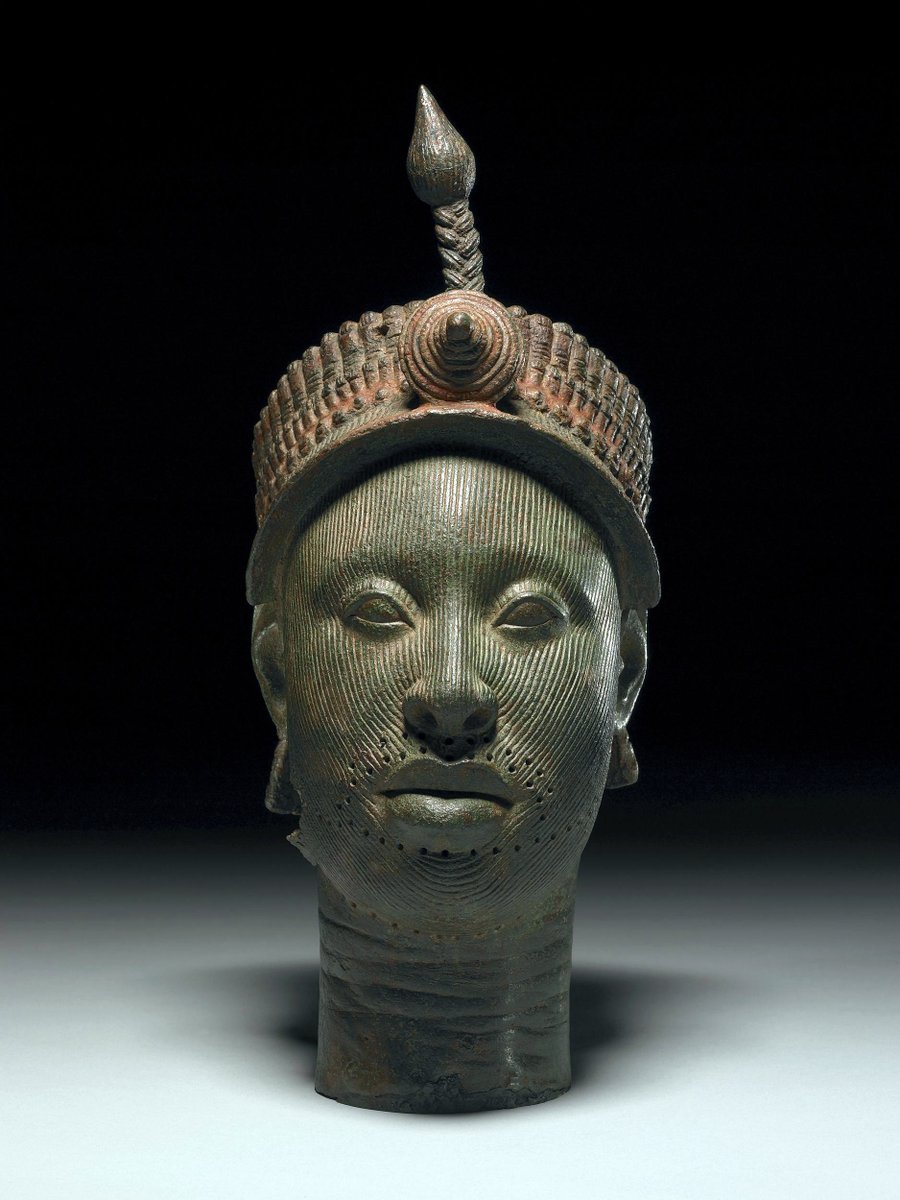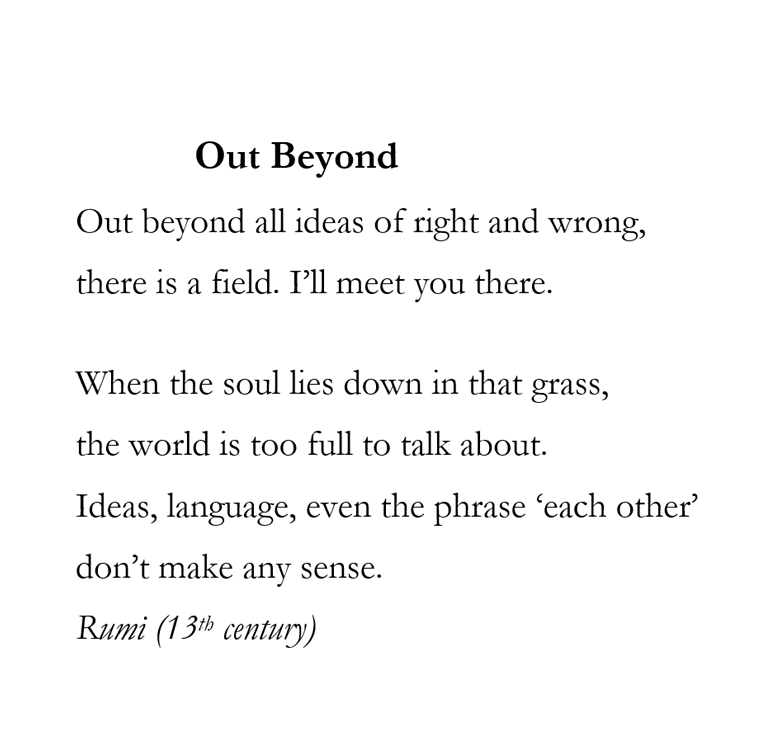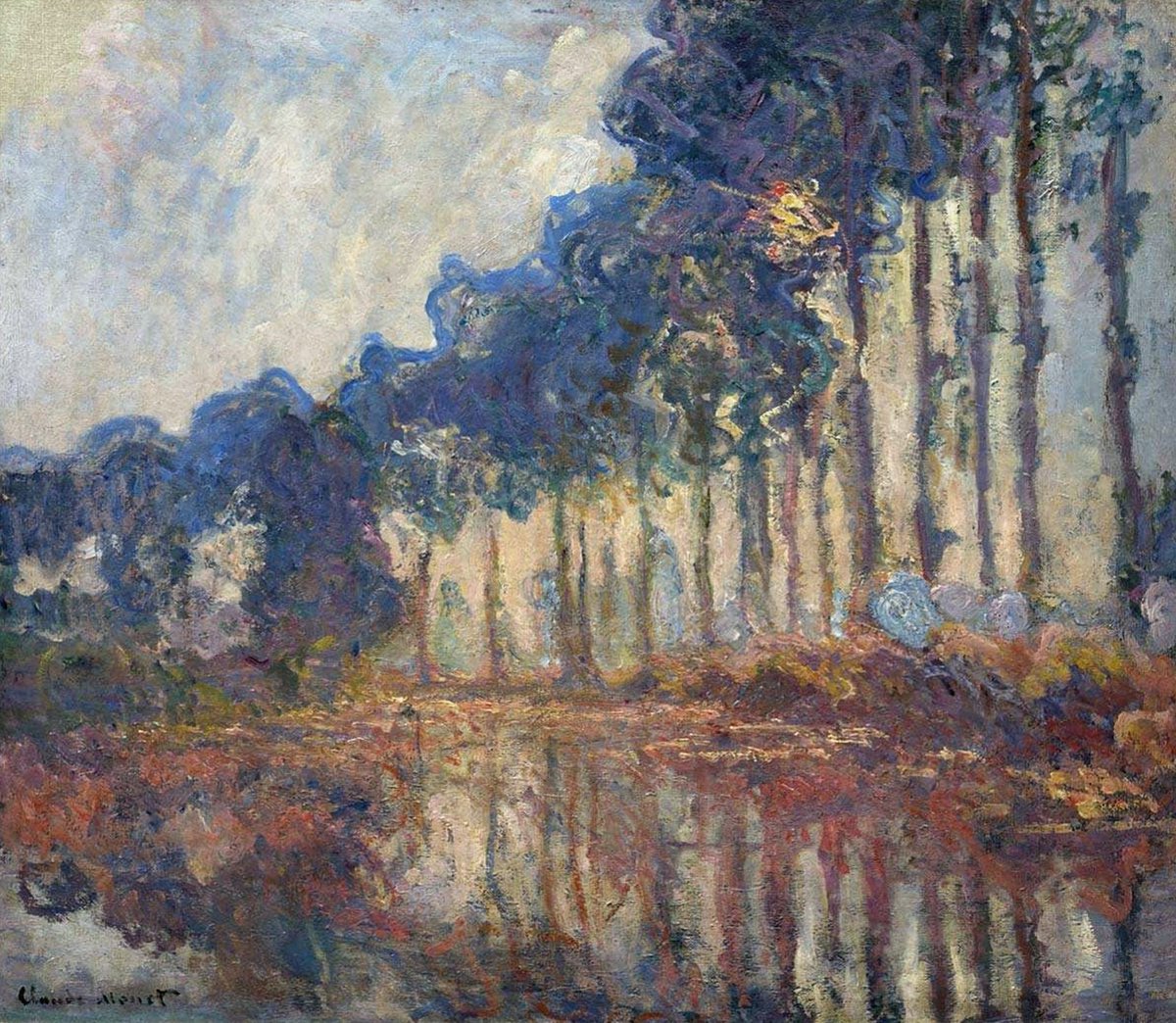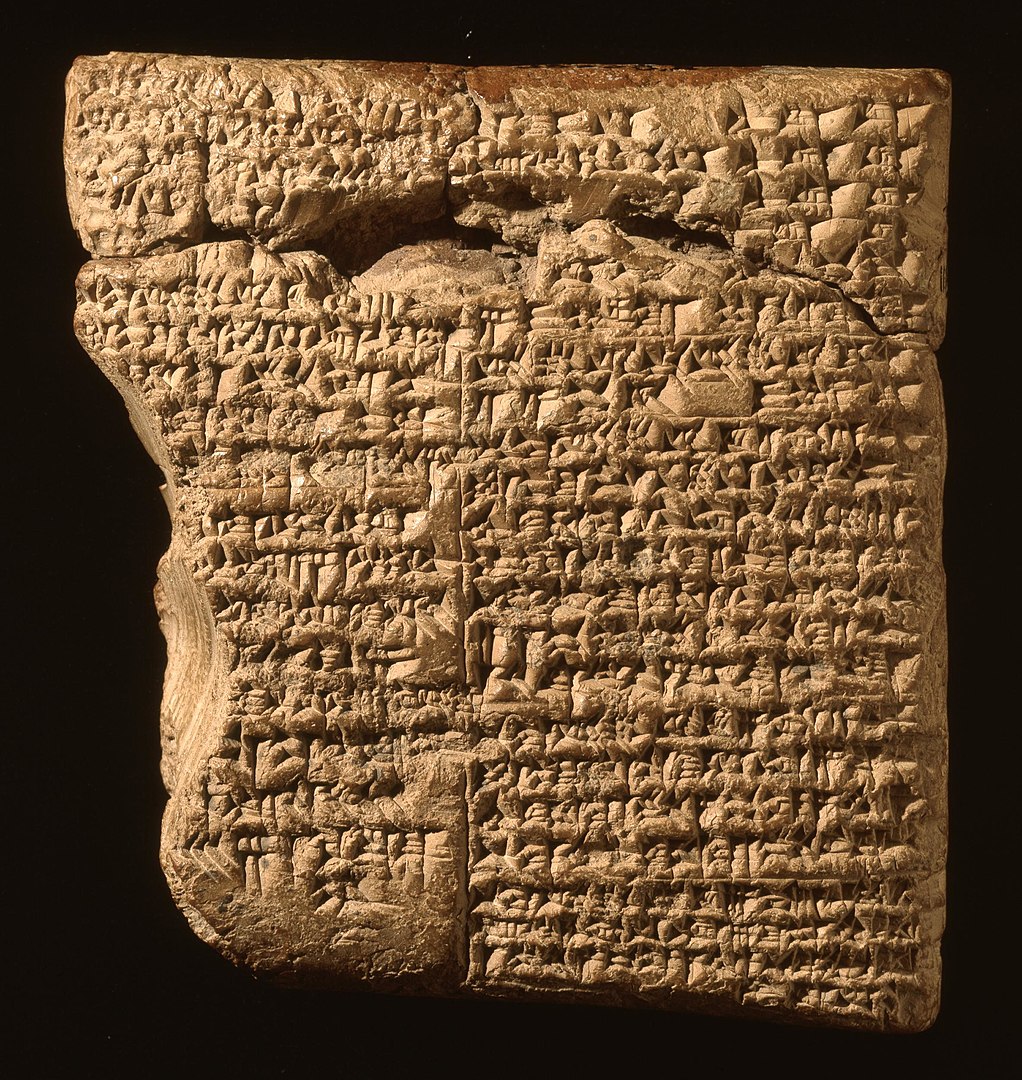
But, increasingly, people imagine faceless skyscrapers, shopping malls, superhighways, and grey box cities: 

But the USA has a hidden architectural history, hidden because much of it was... demolished.
For many decades America was home to some of the world's foremost neoclassical and neogothic architecture. Like Columbia University's Library, built in the 1930s, which has survived:
For many decades America was home to some of the world's foremost neoclassical and neogothic architecture. Like Columbia University's Library, built in the 1930s, which has survived:

And the USA had many incredible train terminals.
Because stations are large, vitally important public buildings, usually at the heart of a city and the first thing visitors will see. They are to be used *and* seen.
Like New York's Grand Central:
Because stations are large, vitally important public buildings, usually at the heart of a city and the first thing visitors will see. They are to be used *and* seen.
Like New York's Grand Central:

But New York's other great terminal, the old Pennsylvania Station, built in 1910 and demolished in 1968, is the most famous and egregious example of train station destruction.
It was a vast and quite extraordinary building, one of the biggest public spaces in the world:
It was a vast and quite extraordinary building, one of the biggest public spaces in the world:

Its demolition was justified on the basis that Penn Station was grimy, in disrepair, and increasingly underused.
So they knocked it down and built Madison Square Garden on the site, while refurbishing the underground sections. An upgrade?

So they knocked it down and built Madison Square Garden on the site, while refurbishing the underground sections. An upgrade?


But New York's Penn Station is just the most famous of many train stations demolished right across the USA, from the east to the west coast and everything in between.
Consider Memphis Union Station, demolished in 1969 because of negligible passenger numbers:
Consider Memphis Union Station, demolished in 1969 because of negligible passenger numbers:

And consider Birmingham Terminal Station in Alabama, a rather unusual and striking neo-Byzantine building, opened in 1909 and closed in the 1950s.
It was demolished in 1969 to make room for a new highway:
It was demolished in 1969 to make room for a new highway:

Or Chicago Grand Central, opened in 1890, closed in 1969 because it was "decaying, dreary, and sadly out of date", and demolished in 1971.
The site on which it stood was vacant until a couple of years ago, when a new residential construction project finally broke ground.

The site on which it stood was vacant until a couple of years ago, when a new residential construction project finally broke ground.


And, in clockwose order:
-Savannah Union Station, opened in 1902 and demolished in 1963 to make room for... a highway
-New Orleans' Southern Railway Terminal (1908-1956)
-Los Angeles' Central Station (1914-1956)
-Detroit's Fort Street Union Depot (1893-1974)



-Savannah Union Station, opened in 1902 and demolished in 1963 to make room for... a highway
-New Orleans' Southern Railway Terminal (1908-1956)
-Los Angeles' Central Station (1914-1956)
-Detroit's Fort Street Union Depot (1893-1974)




You get the idea.
Some have survived from this great era of station building, like Baltimore's Penn Station, built in 1911 and still going strong:

Some have survived from this great era of station building, like Baltimore's Penn Station, built in 1911 and still going strong:


Many things are striking about these lost stations.
It's been said before, but buildings intended very specifically for the public which are designed with care and an interest in beauty help to create a sense of civic pride and identity.
(Terminal Station, Atlanta, 1905-1972)
It's been said before, but buildings intended very specifically for the public which are designed with care and an interest in beauty help to create a sense of civic pride and identity.
(Terminal Station, Atlanta, 1905-1972)

And so, while we may admire their quite remarkable range of American-enthused neo-Classical, neo-Gothic, and even neo-Byzantine style, and while we may marvel at their gloriously decorated interiors, it's important to remember that there was a purpose to all that.
And you'll notice a trend. Many of America's great train stations were destroyed in a specific period - the 1950s-1970s.
What else happened around this time?
What else happened around this time?

So, cars are one thing. We'll get to that.
Though it's worth pointing out broader architectural trends at the time, when Brutalism came storming out of Britain, post-War population booms called for rapid solutions, and buildings started to look like this:
Though it's worth pointing out broader architectural trends at the time, when Brutalism came storming out of Britain, post-War population booms called for rapid solutions, and buildings started to look like this:

So, was the rise of the car inevitable? Was it simply a fact of life that cars would replace trains and the great terminals would therefore become obsolete?
Maybe, maybe not. It certainly didn't happen everywhere in the world. But that's actually irrelevant here...
Maybe, maybe not. It certainly didn't happen everywhere in the world. But that's actually irrelevant here...
See, in 2017 the new Penn Station in New York was treated to a brand new neoclassical entrance, harking back to the glory days of old, complete with a magnificent waiting hall to rival its former incarnation: 


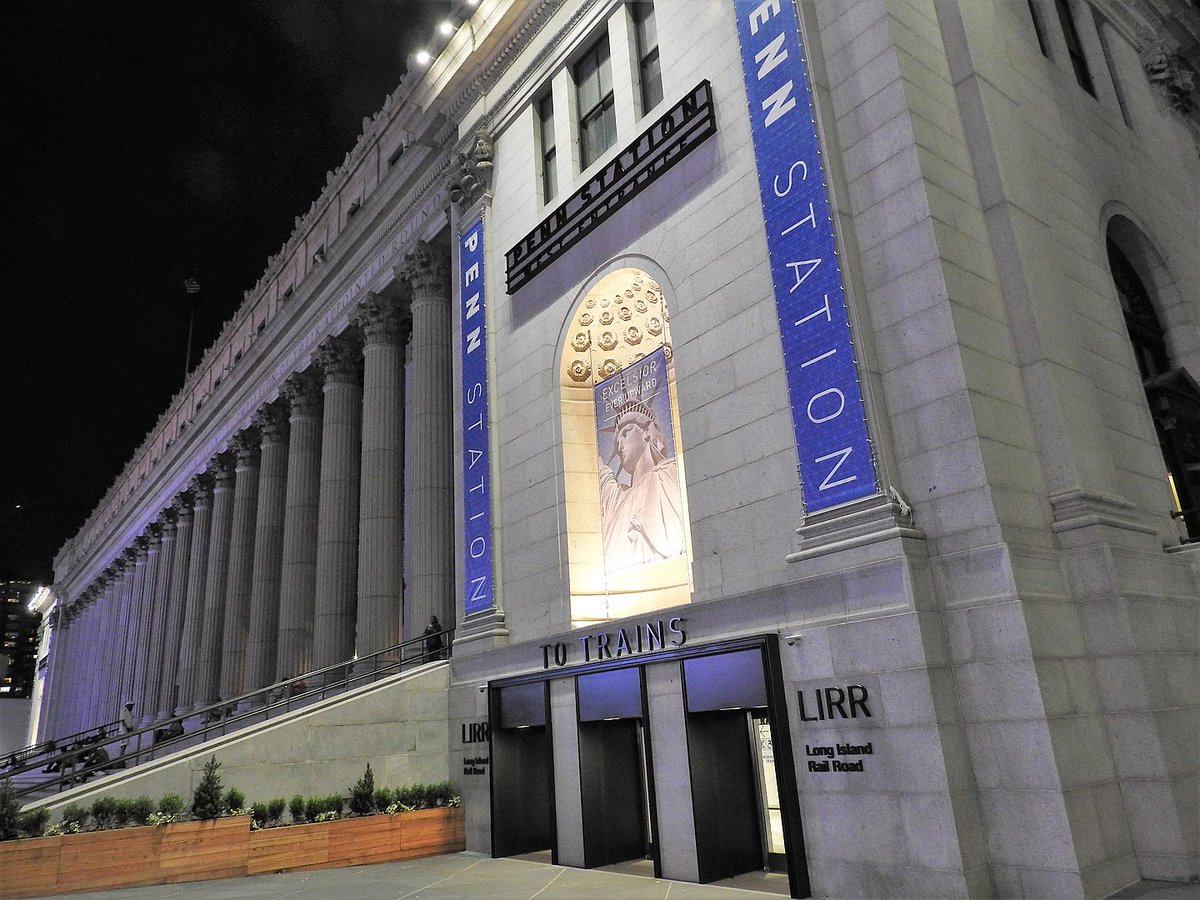
Except it wasn't brand new, it was the *former* New York Post General Post Office, now known as the James A. Farley Building, opened in 1914.
It's now a mixed-use site, host to retail facilities and, lately, the entrance to Penn Station.

It's now a mixed-use site, host to retail facilities and, lately, the entrance to Penn Station.


Which is the most important point here.
Regardless of whether cars make trains and their stations obsolete, that doesn't mean the buildings need to be demolished; they can be repurposed, just like the James A. Farley building was.
Isn't that better than destroying them?
Regardless of whether cars make trains and their stations obsolete, that doesn't mean the buildings need to be demolished; they can be repurposed, just like the James A. Farley building was.
Isn't that better than destroying them?

And yet, even accepting that a station requires demolition, that begs the question of what its replacement should look like.
Here's how they replaced the Wabash Pittsburgh Terminal, built in 1904 and demolished in 1956 after fire wrecked the building:

Here's how they replaced the Wabash Pittsburgh Terminal, built in 1904 and demolished in 1956 after fire wrecked the building:


But here is Philadelphia's Broad Street Station, built in 1881, which was ravaged by successive fires and declining use and eventually demolished in 1953.
Parts of its decline was due a newer, better station, more fit for purpose, the 30th Street Station of 1933, still standing:



Parts of its decline was due a newer, better station, more fit for purpose, the 30th Street Station of 1933, still standing:




So repurposing (ideally) or more civic-minded replacement are options for when cars make train stations obsolete, without even addressing the fact that cars do not *inevitably* make trains obsolete.
But that's a discussion for another day...
But that's a discussion for another day...
This photograph sums it up, really: the demolition of Minneapolis Great Northern Depot in 1978.
A whole chapter of the USA's architectural history destroyed and, it seems, lost forever.
A whole chapter of the USA's architectural history destroyed and, it seems, lost forever.

• • •
Missing some Tweet in this thread? You can try to
force a refresh






